Farm to School Program
Farm to School Programs allow school systems to source locally-grown produce for school breakfast, lunch, and snack programs.
Miami Dade County Public Schools Food & Nutrition Department (M-DCPS FN) has been serving Florida-grown fruits and vegetables through the school meal program and their farm to school initiative since 2009. Miami-Dade County Health Department was awarded the Communities Putting Prevention to Work grant from the Center for Disease Control, and the Miami-Dade County Public Schools of Food & Nutrition Department was awarded a portion of this grant to expand its Farm to School Program.
Activities included: district-wide menu inclusion and distribution of Florida-grown fresh fruits and vegetables, implementation of a pilot program in 40 schools located in the Southern end of the District closest to local growers and farms, the integration of locally grown Farm to School items into the Fresh Fruit and Vegetable Program, Garden to Cafeteria procedures and training to use grown herbs and produce items, assisting schools to conduct farmers’ markets and Community-Supported Agriculture (CSAs) as healthy fundraisers.
M-DCPS FN is defining local as fruits and vegetables grown within the state of Florida.
Look out for these locally-grown items in school meals and/or through the Fresh Fruit and Vegetable Program in participating elementary schools:
| Starfruit |  |
Sapodilla | 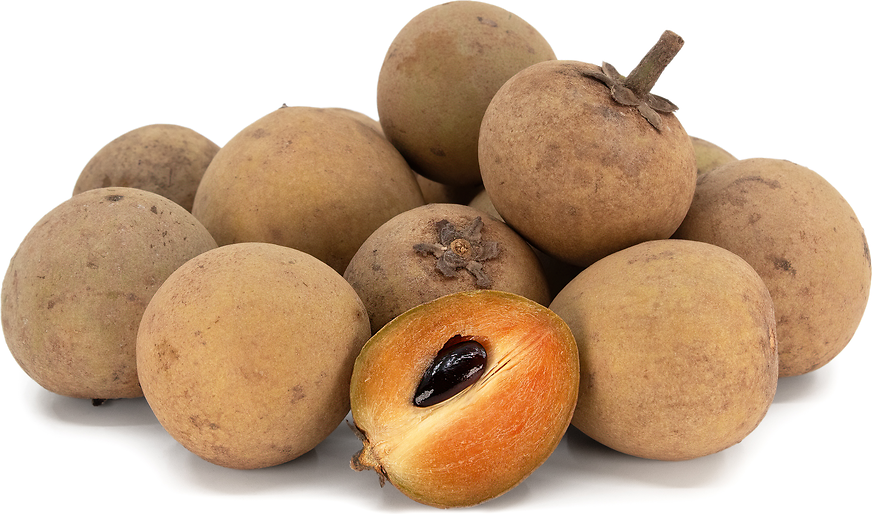 |
| Corn | 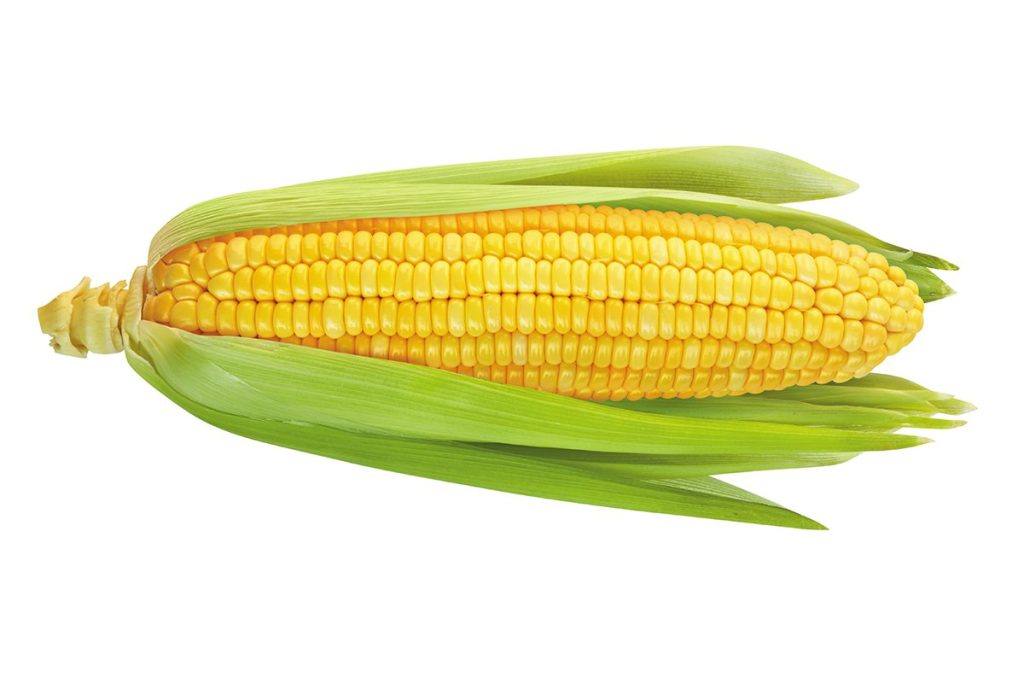 |
Green Beans |  |
| Kumquat | 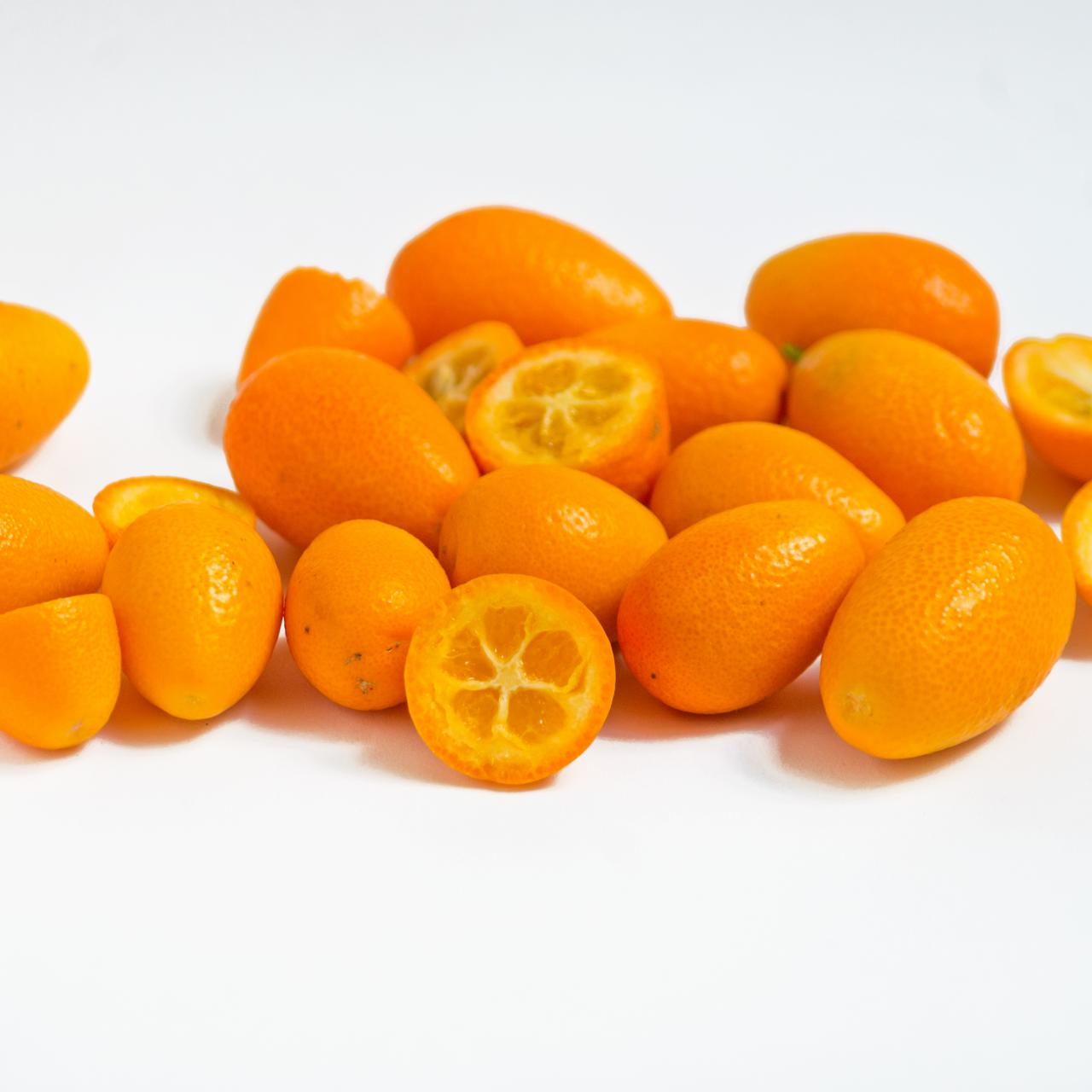 |
Strawberries |  |
| Blueberries | 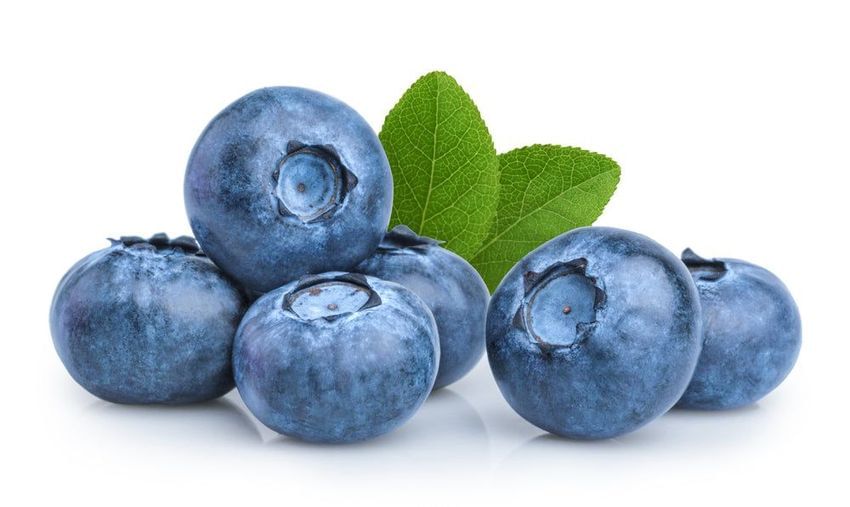 |
Tomatoes | 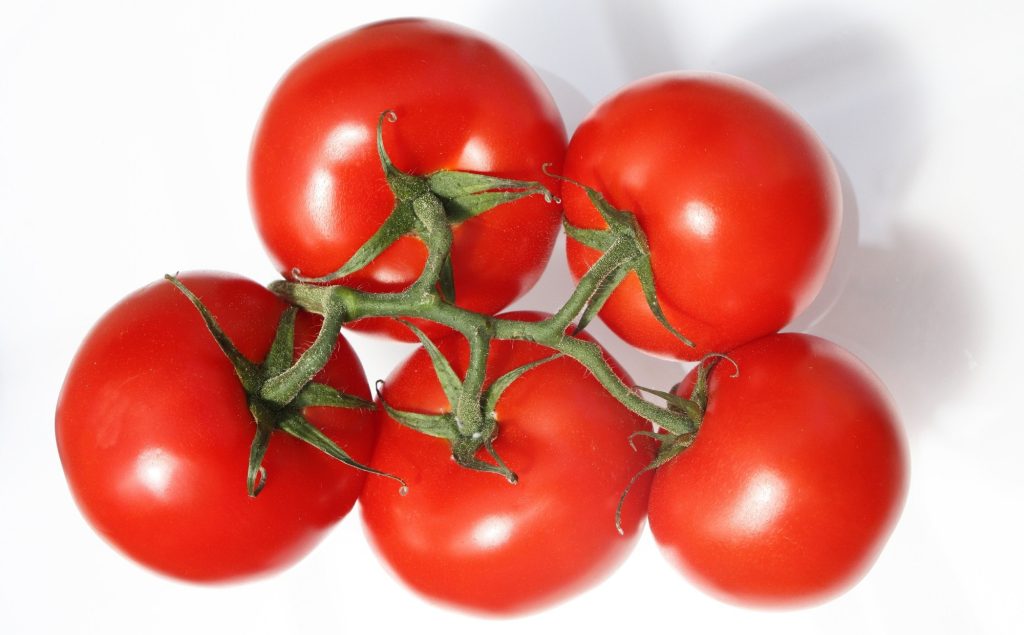 |
| Collard Green | 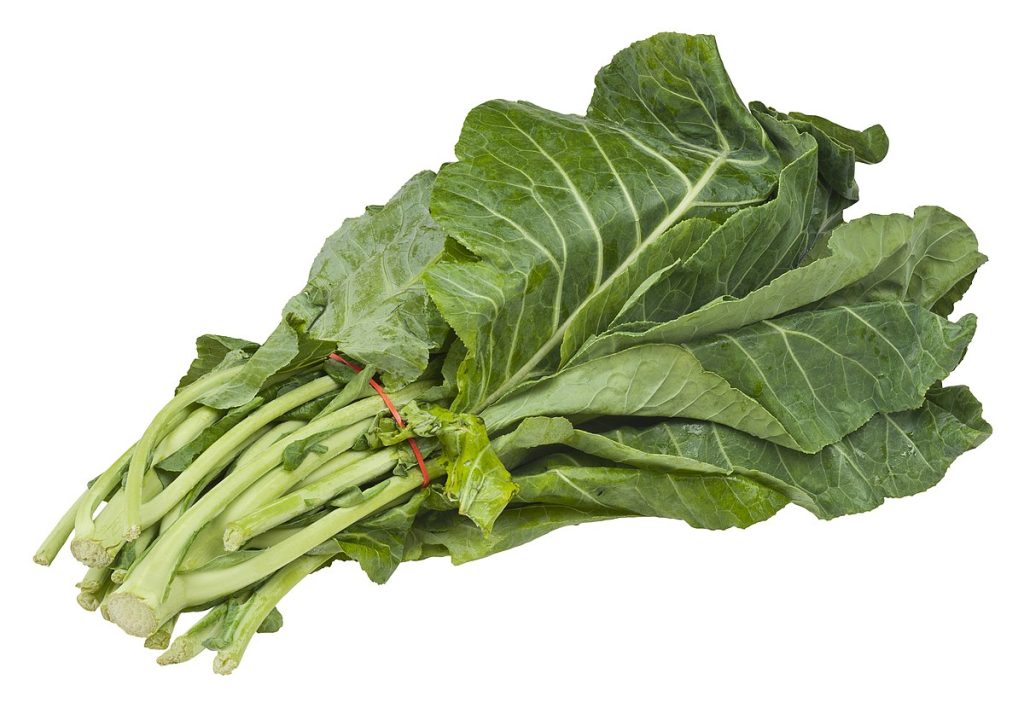 |
Yellow and Green Squash |
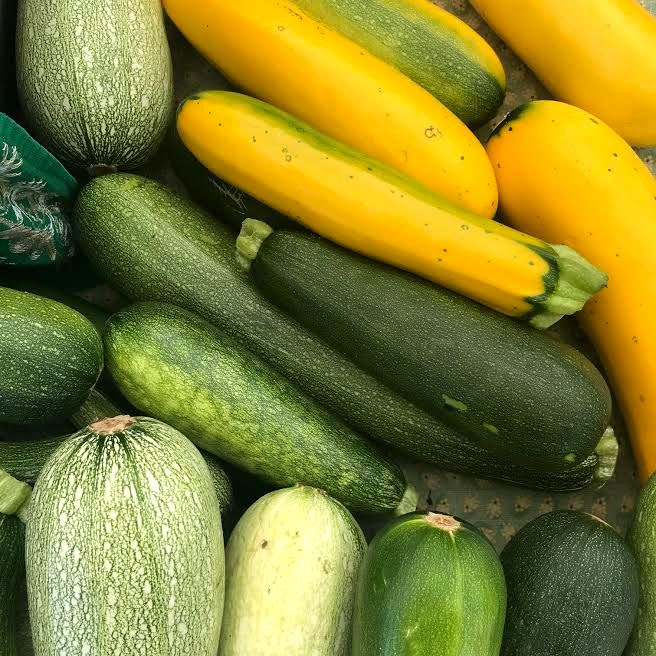 |
| Calabaza | 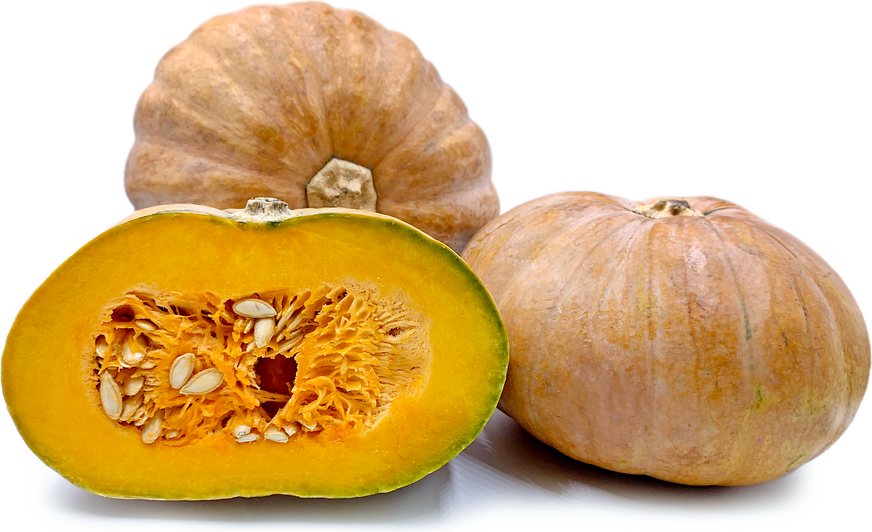 |
Boniato | 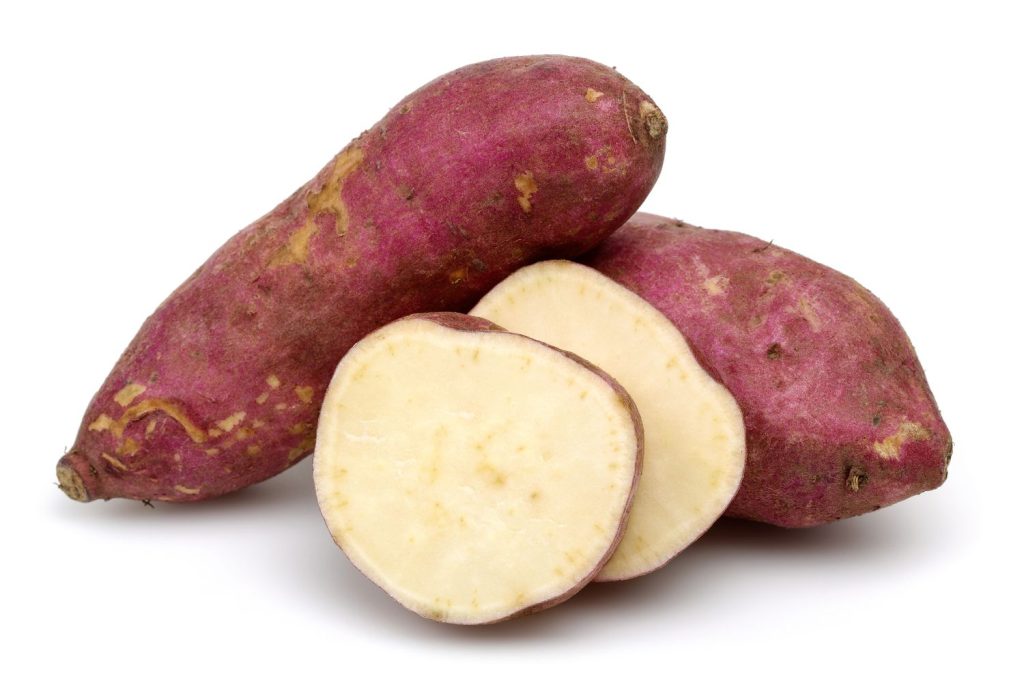 |
There are three main benefits from Farm-to-institution programs:
- Environment: Buying locally-grown foods reduces “food miles” (the number of truck/plane/boat miles traveled to transport food from origin to consumer), thereby reducing greenhouse gas emissions and petroleum dependence. Shorter food miles also reduces energy use, as shorter trips reduce the length of time produce is refrigerated.
- Health: Locally-grown fruits and vegetables are picked when ripe, as opposed to fruits and vegetables grown in other countries or states that are picked before ripe to accommodate for the long transport time. Produce that is allowed to ripen before being harvested contains higher levels of nutrients than those harvested early.
- Economy: Buying from local farmers keeps money flowing into local economies and helps preserve jobs for small and local farmers.
The Director of Food & Menu Management and the Farm to School Manager are researching local growers, packers, and distributors. Those who are found to meet the eligibility requirements and program needs will be invited to apply to become a M-DCPS FN vendor. All contracts are determined through a competitive bid process.
Parents can help this program succeed by providing children locally-grown produce at home. Students that are familiar with these items are more likely to choose and eat these items during school meals. The items can be ordered and served more frequently and in all schools so long as students are receptive to these items. PTAs can conduct farmers’ markets and food demonstrations utilizing local foods as healthy fundraising options that reinforce the Farm-to-Institution message, and schools can become drop-off sites for existing community-supported agriculture (CSAs).
Locally-grown foods are sold at farmers’ markets and CSAs. Publix now offers produce grown in Homestead as well: look for the “Redlands Raised” label on select fruits and vegetables. Produce labeled “Local” at Whole Foods is grown within the state of Florida. Click here for a list of farmers’ markets and CSAs that offer locally-grown (and sometimes organic) produce, herbs, honey, eggs, meat, and cheese.
Technical assistance may be provided to assist schools to conduct farmers’ markets. Click here to see our “How to” manual for incorporating CSAs and farmers’ markets at your school.
